Not long ago, scientists from Oregon State University announced they had grown and patented a new strain of dulse, a succulent red seaweed that tastes like bacon when it’s fried.
Using the B-word guaranteed that the story would soon go viral and zoom around the Internet.
“Oh my word, I can’t stand that article. It makes me crazy,” said Sarah Redmond, a seaweed expert at Maine Sea Grant in Franklin. “Maine Coast Sea Vegetables started selling seaweeds way back in the ’70s, and they’ve always shared with everybody that dulse is a great substitute for bacon if you’re vegetarian.”
But the story is a good metaphor for what’s going on in the world of seaweed right now. Consumers are discovering a local food source that has been around for millennia, but has rarely been used in American cooking and is little known except when ordered in a dish at a Japanese restaurant. Now Americans and western Europeans are beginning to embrace it, and at the same time realizing here in Maine that we’ve got our own handy local supply right on the coast.
As Americans have eagerly taken to foraging and growing their own food, and become more open to experimentation in the kitchen, they’ve developed a taste for seaweed. Statistics, even national ones, are hard to come by, but Baum + Whiteman, an international food and restaurant consulting firm in New York, recently took note of seaweed’s newfound popularity in the American diet. Seaweed “may not be the next kale but it’s on the upslope of the trendline,” the firm wrote in its predictions for 2015. Inspired by ocean-to-table philosophies and the new interest in Nordic cuisine, chefs are adding seaweed to broths, sauces and risottos “for its punch of umami and evanescent background flavor and dash of salinity.”
In Maine, enthusiasm for seaweed overflowed at the first Maine Seaweed Festival last year. Organizers went into the event with their fingers crossed for a decent turnout, but 1,500 people showed up to learn more about and sample different varieties of seaweed. It was, Redmond said, “a remembering of what we have right here in our own backyards.”
Adding to the increased demand for local seaweed are concerns about sea vegetables sourced in the Pacific Ocean, including worries about radioactivity from the Fukushima nuclear plant in Japan, Redmond said.
“We say sea vegetable when we refer to the seaweeds that people usually eat for food,” she said. “You can eat any of the seaweeds, but there’s certain ones we tend to use more in cooking, and those are sugar kelp, horsetail kelp and winged kelp.”
At this year’s Maine Seaweed Festival on Aug. 29, there will be plenty of opportunities to learn how to cook with those varieties, as well as taste them in forms that go beyond sushi or a bowl of noodles.
“There’s not much good publicity about seaweed,” said Rod Williams of VitaminSea in Biddeford Pool. “Everyone thinks ‘Oh it’s that yucky stuff on the beach.’ What we have tried to do is promote the nutritional value, and if you prepare it the way people do in Ireland and Europe and Asia, there’s a yum factor.”
Hillary Krapf, one of the organizers of the festival, says people are looking for easy, accessible and versatile ways to get more nutrients into their diet. Seaweed is now showing up in baked goods, smoothies and salads. It can be a great source of iodine, protein, vitamins and minerals, she said.
“When you read the benefits of seaweed, you can’t help but try it,” Krapf said. “My catchphrase is, it’s the Total of the sea.”
Maine does have a tradition of cooking with seaweed stretching back to native Americans and the classic New England clambake. Redmond has spoken with old-timers who told her when Mainers went fishing offshore, they’d stay on the islands and use seaweed to thicken their chowders and stews. “It contains these complex polysaccharides in cell walls,” she said. “When you boil or simmer it, it comes out in the liquid and makes it really nice and thick and creamy.”
There is also an old tradition of putting dried kelp in beans to help make them more digestible. The kelp, Redmond said, “also has natural amino acids that impart umami flavor to foods.”
Seaweed helps hold moisture and adds saltiness to meat and sausages, Redmond said. Its natural anti-microbial properties help to improve the shelf life of breads.
As Mainers of all stripes have come to appreciate the flavor and nutritional value of seaweeds, they’ve become more creative in cooking with them. The menu at this year’s festival sounds like something Disney cartoonists might have created for Ariel and the rest of “The Little Mermaid” gang. Lear’s Old Fashioned Ice Cream will be serving seaweed ice cream in flavors like ginger citrus kelp and chocolate sea salt dulse.
For a savory-but-still-naughty option, The Fishin’ Ships food truck will be making seaweed French fries. Other choices will include seaweed popcorn, seaweed burritos, and dulse cheese from Silvery Moon Creamery.
Skip your usual cinnamon raisin bagel with cream cheese that morning and save room for a seaweed bagel from Southside Bakery in South Portland. The festival commissioned the bakery to make the bagels last year, and they proved so popular, they ended up on the menu at One Fifty Ate, the cafe on Pickett Street owned by the same couple, according to co-owner Kate Schier-Potocki. The bagels, which are made with dulse, sell well, she said, particularly when paired with salmon.
“It’s the only bagel where we actually infuse the ingredient into the dough as opposed to just having it be a topping,” she said. “The flavor really came through a lot stronger that way.”
Schier-Potocki said Southside Bakery also adds a mixture of pulverized, purplish Maine dulse and Maine sea salt to, say, a salad of greens and carrots for extra color.
To wash it all down at the festival, David Carlson of Marshall Wharf Brewing Co. will be pouring Sea Belt, his new seaweed beer made with dried Maine sugar kelp and MacFindlay Scotch Ale. The brew, released for the first time last year, will also be available on tap at certain Portland bars around the time of the Seaweed Festival.
Carlson said the beer is made by adding 6 pounds of dried seaweed – the equivalent of 60 pounds of wet, fresh seaweed – to a 200-gallon batch of ale. Most beers that claim to be seaweed beers – there aren’t many – use seaweed to heat or smoke the malt during the malting process, Carlson said, rather than putting it directly into the beer. “It was really important to us to put the seaweed in the beer and not just use it as a gimmick,” he said.
But suppose you don’t want to make seaweed beer, ice cream or fries? Two chefs at the festival will advise home cooks how to incorporate seaweed into their repertoire. Given the many varieties, it can be intimidating, acknowledges chef David Ross, who has a seaweed salad on his menu daily at 50 Local in Kennebunk.
He previewed the seaweed primer he’ll be doing at the festival: Dulse flakes are good in bread and pizza dough; wakame in salads; and kombu in soups and broths. And he offered a simple shorthand recipe: Sprinkle a white fish fillet with sea salt and lemon and a parsley or rosemary gremolata. Wrap in wakame. Steam for 4 to 5 minutes. Ross also plans to talk about how to get kids to eat seaweed by adding it to dishes like mac-and-cheese. A father himself, Ross said he’s always searching for ways to get more nutrition into his child’s diet.
The Maine Seaweed Festival won’t be the end of it, Krapf said. Festival organizers are working on a new venture that would provide information and education about seaweed at events held year-round. It’s called Moon and Tide Seaweed Education & Entertainment.
Copy the Story LinkSend questions/comments to the editors.


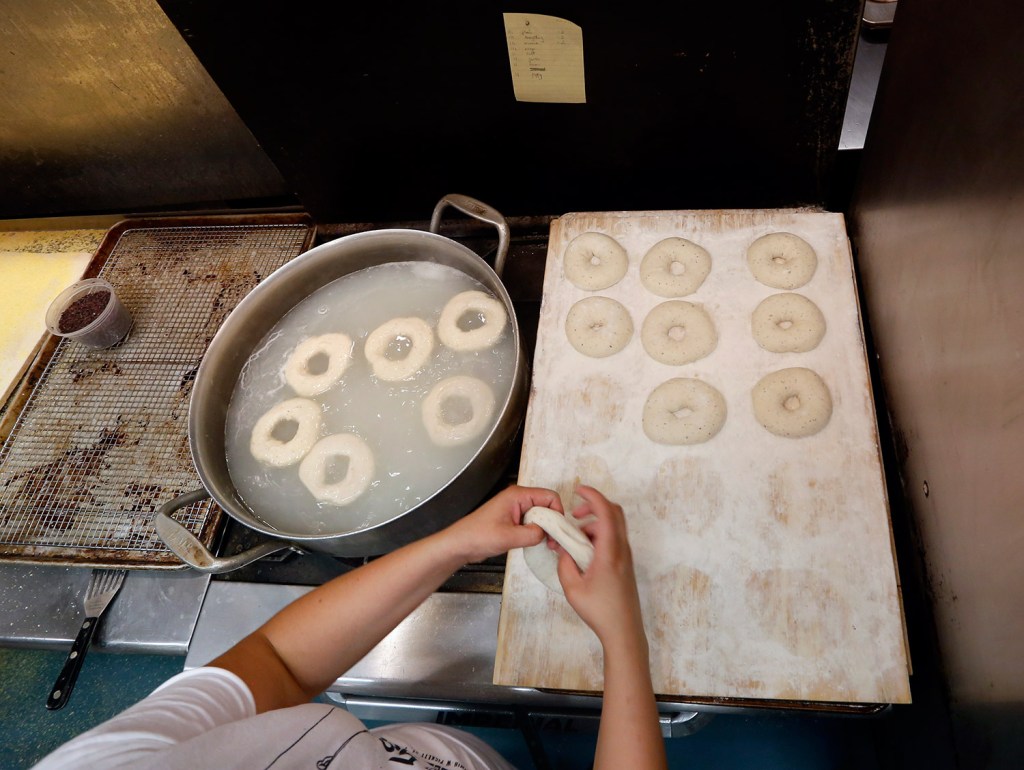
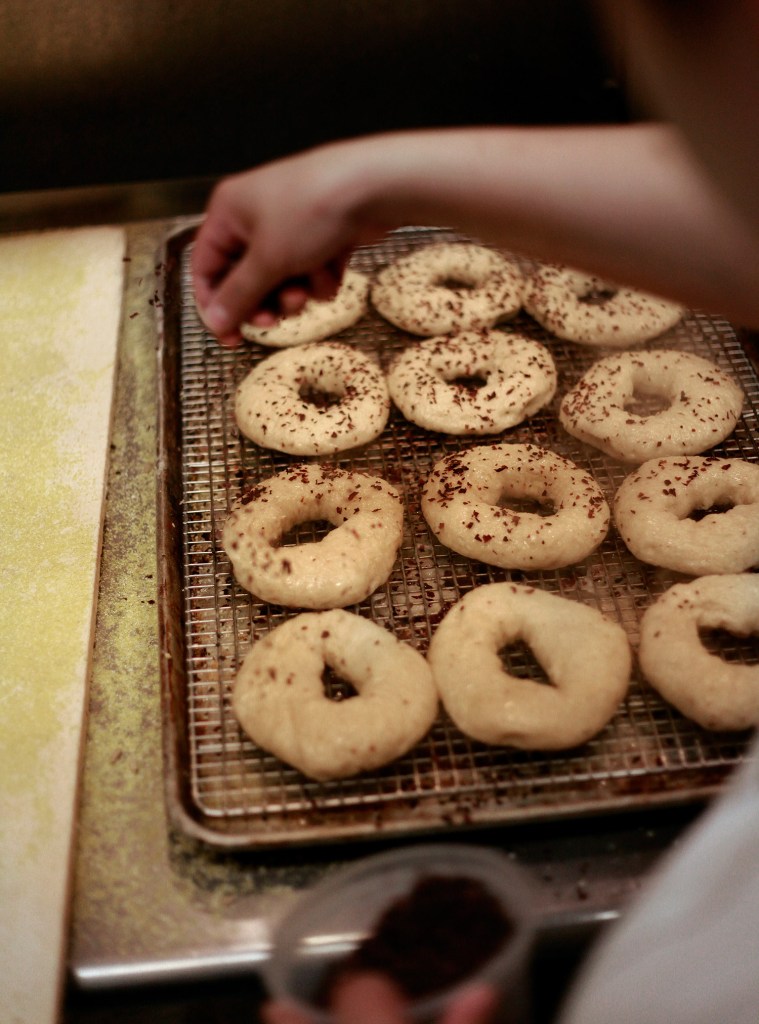
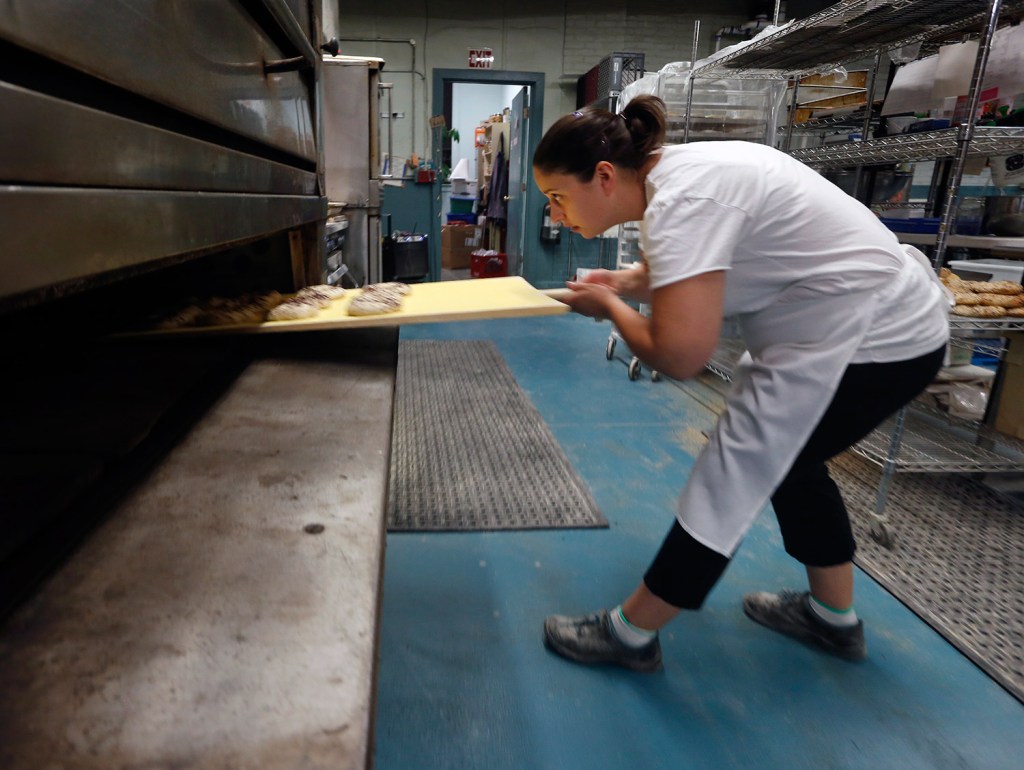
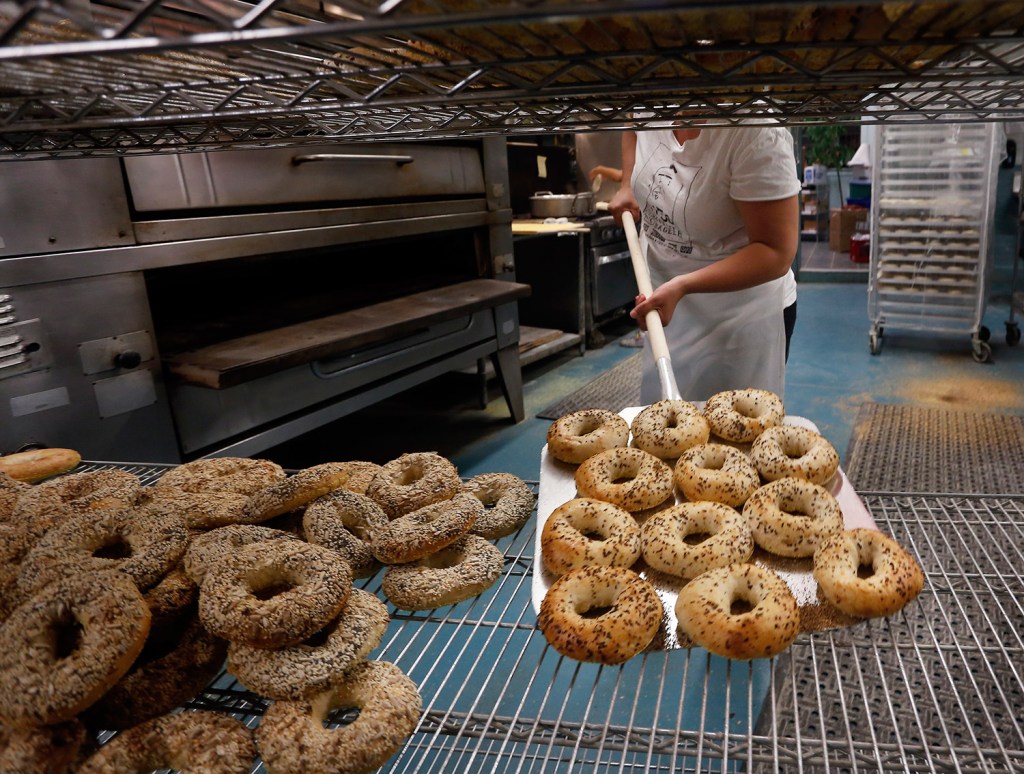
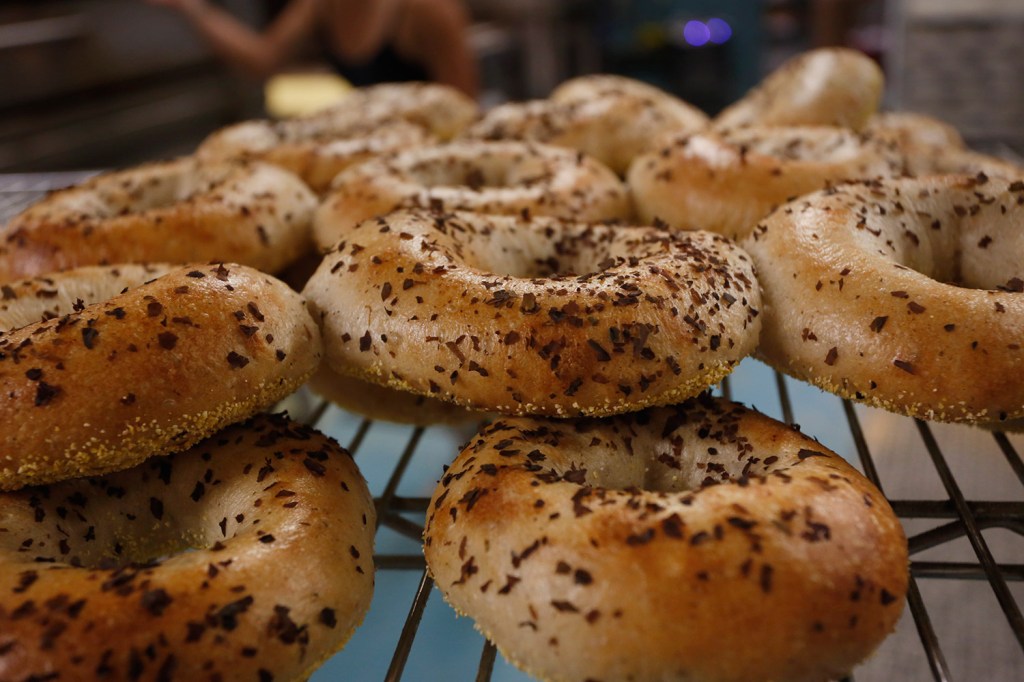
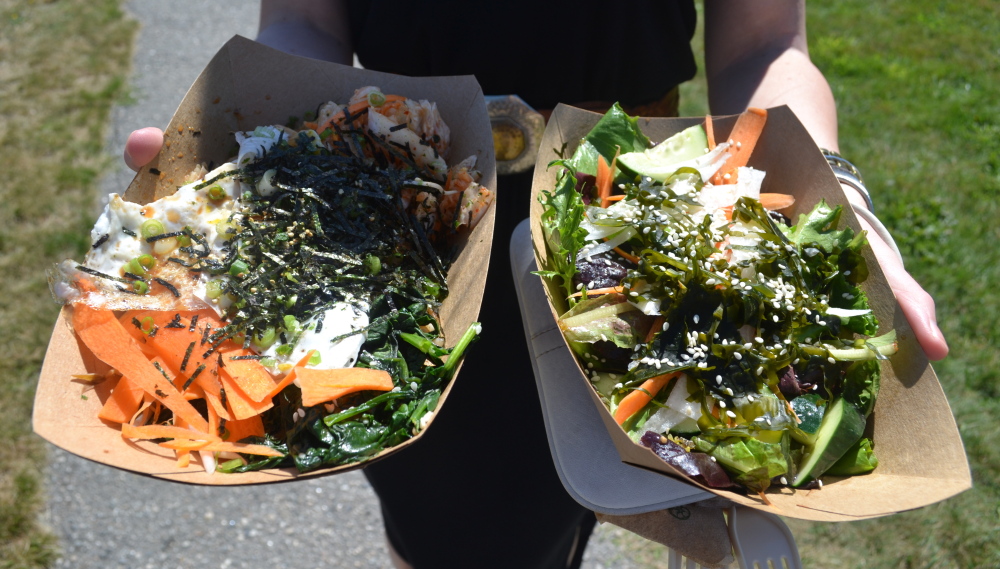

Success. Please wait for the page to reload. If the page does not reload within 5 seconds, please refresh the page.
Enter your email and password to access comments.
Hi, to comment on stories you must . This profile is in addition to your subscription and website login.
Already have a commenting profile? .
Invalid username/password.
Please check your email to confirm and complete your registration.
Only subscribers are eligible to post comments. Please subscribe or login first for digital access. Here’s why.
Use the form below to reset your password. When you've submitted your account email, we will send an email with a reset code.